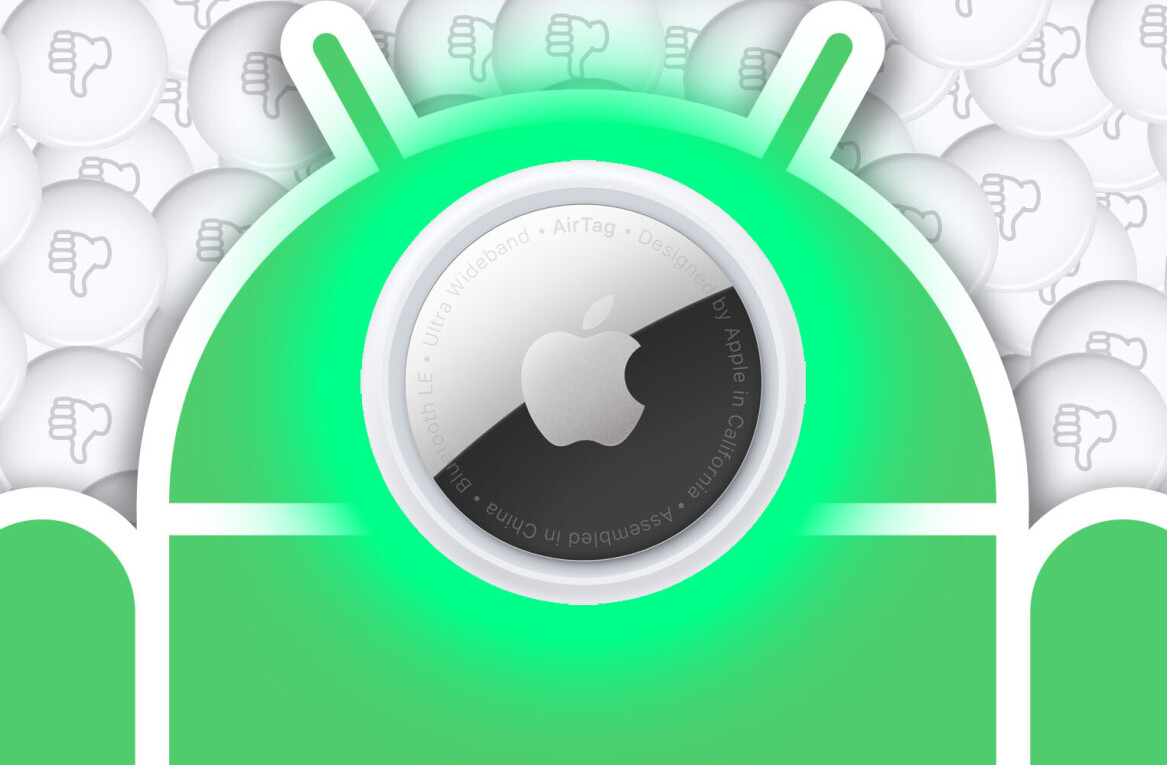
Today smartphones are becoming more widely adopted around the world, with many emerging regions offering growth beyond the relatively saturated US and European markets. In Asia, Google’s Android operating system is leading that trend, as a recent study released by Ericsson’s ConsumerLab group [reported by TechRepublic] shows.
In a study of the major countries in Southeast Asia, Australia and New Zealand, 31 percent of smartphones were found to be running Android. Apple’s iOS has about 19 percent of the market with Blackberry, Symbian, and Windows Phone rounding out the remaining shares.
While most countries in the region are using Android, there are some countries that seem to be bucking the trend. One is Singapore, which has a 46 percent adoption of iOS, that’s some way ahead of the 29 percent for Android – while Android is also dominant in Australia and New Zealand.
RIM is struggling in Western markets but the Canadian firm remains a big market player in certain Asia countries. In Indonesia and Thailand, for example, Ericsson ConsumerLab indicates that it has the largest share of smartphones, at 27 percent and 17 percent respectively.
Interestingly, long-faded Nokia system Symbian retains a strong foothold in Vietnam, where it leads with 26 percent of all smartphones in the country, ahead of Android and iOS, which tie on 21 percent.
The findings corroborate similar reports. GfK data from April found that Android accounts for half of all smartphone sales across Southeast Asia. Last year, the same research firm revealed that 2012 had seen Android shipments to the region jump 1,000 percent.
The Ericsson ConsumerLab study speculates that Asian affection for messaging is behind the spiralling demand for smartphones. With new applications — like Line, WhatsApp and others — finding popularity in the region for allowing them to communicate easily and on the cheap, it’s no wonder more are flocking to high-tech phones.
It’s worth noting that these figures do not account for individuals possessing multiple devices, but the data is another compelling indicator of the rise of smartphones, and Android in particular.
Image Flickr / Lucas Zallio, hat tip Tech In Asia
Get the TNW newsletter
Get the most important tech news in your inbox each week.






